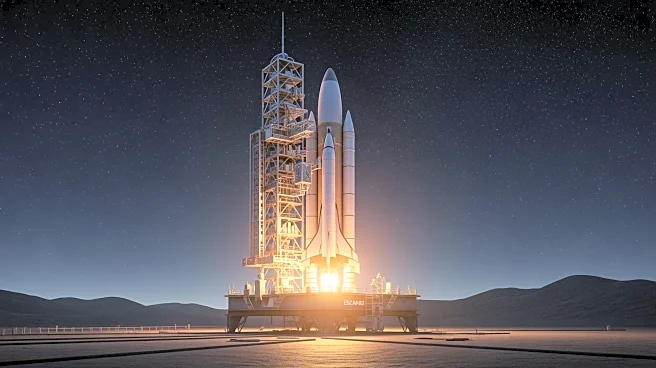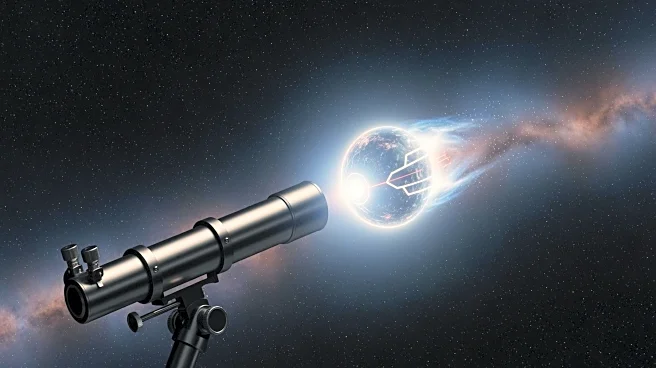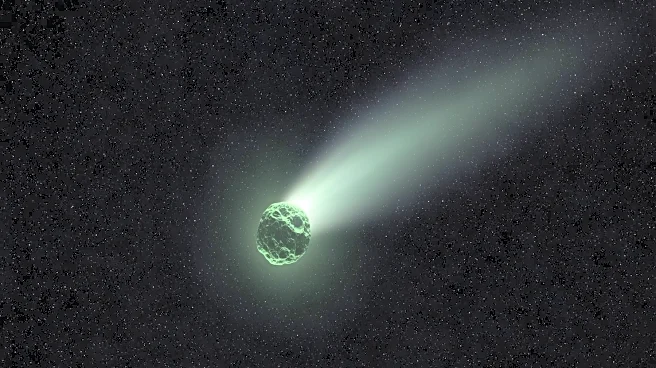What's Happening?
Avi Loeb, head of the Galileo Project and a prominent figure in astrophysics, has called for NASA to release the HiRISE images of the interstellar object 3I/ATLAS, which were captured over 40 days ago.
The images were taken by the Mars Reconnaissance Orbiter as 3I/ATLAS passed close to Mars. Loeb argues that the release of these images is crucial for scientific exploration and should not be delayed by bureaucratic processes, especially as the government shutdown comes to an end. The object has sparked significant interest due to its unusual jet structures, which some experts believe could be technological in origin rather than natural cometary activity.
Why It's Important?
The release of the HiRISE images is significant for the scientific community as it could provide insights into the nature of 3I/ATLAS, potentially challenging existing comet theories. If the jets observed are indeed technological, it could imply the presence of extraterrestrial technology, a groundbreaking discovery in astronomy. This situation highlights the tension between scientific inquiry and political processes, emphasizing the need for transparency and timely access to data. The broader implications could affect public trust in scientific institutions and influence future funding and policy decisions related to space exploration.
What's Next?
As the government shutdown ends, there is anticipation that NASA will release the images, allowing scientists to analyze the data further. Observatories on Earth are now able to focus on 3I/ATLAS as its position becomes more favorable for observation. The scientific community is eager to measure the speed, mass density, and composition of the jets, which could confirm whether 3I/ATLAS is a natural comet or a technological artifact. This could lead to a paradigm shift in how interstellar objects are studied and understood.
Beyond the Headlines
The debate surrounding 3I/ATLAS also touches on the resistance within scientific communities to new ideas, as highlighted by Loeb. This resistance can hinder progress and innovation, underscoring the importance of maintaining an open mind in scientific research. The situation also reflects broader societal issues, such as the influence of politics on scientific endeavors and the role of public interest in driving scientific discovery.











